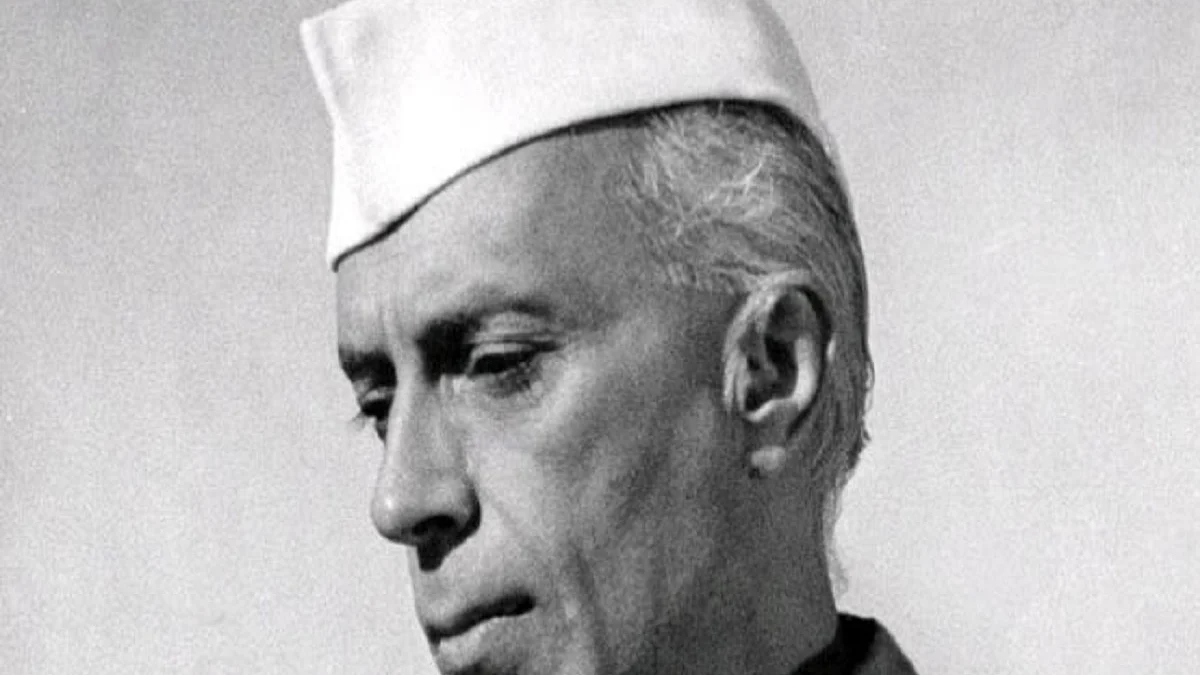Nehru on relief and inquiry after the Jallianwala Bagh massacre
To remind ourselves of tremendous sacrifices made by people of Punjab for freedom struggle, we bring to you this week Jawaharlal Nehru’s first-hand account of events around Jallianwala Bagh massacre

To remind ourselves of the tremendous sacrifices made by the people of Punjab for the struggle for freedom, we bring to you this week Jawaharlal Nehru’s first-hand account of the events around the Jallianwala Bagh massacre, caused by the British Government’s refusal to take back the infamous Rowlatt Bills.
The end of the World War found India in a state of suppressed excitement…Some of this unrest was visible also among the masses, especially the peasantry. In the rural areas of the Punjab the forcible methods of recruitment were still bitterly remembered, and the fierce suppression of the Komagata Maru people and others by conspiracy trials added to the widespread resentment. The soldiers back from active service on distant fronts were no longer the subservient robots that they used to be. They had grown mentally and there was much discontent among them.
Then came the Rowlatt Bills with their drastic provisions for arrest and trial without any of the checks and formalities which the law is supposed to provide. A wave of anger greeted them all over India and even the moderates joined in this and opposed the measures with all their might. Indeed, there was universal opposition on the part of Indians of all shades of opinion. Still the Bills were pushed through by the officials and became law, the principal concession made being to limit them for three years.
It is instructive to look back after fifteen years to these Bills and the upheaval they caused. They were made into law and yet, so far as I know, they were never used even once during the three years of their life— three years which were not quiet years but were the most troubled years that India had known since the Revolt of 1857. Thus, the British Government, in the teeth of unanimous public opinion, pushed through a law which they themselves never used afterwards, and thus invited an upheaval….
Gandhiji had passed through a serious illness early in 1919. Almost from his sick bed he begged the Viceroy not to give his consent to the Rowlatt Bills. That appeal was ignored as others had been and then, almost against his will, Gandhiji took the leadership in his first all-India agitation. He started the Satyagraha Sabha, the members of which were pledged to disobey the Rowlatt Act, if it was applied to them, as well as other objectionable laws to be specified from time to time. In other words, they were to court gaol openly and deliberately…. Here at last was a way out of the tangle, a method of action which was straight and open and possibly effective. I was afire with enthusiasm and wanted to join the Satyagraha Sabha immediately….
Satyagraha Day— all-India hartals and complete suspension of business — firing by the police and military at Delhi and Amritsar, and the killing of many people — mob violence in Amritsar and Ahmedabad — the massacre of Jallianwala Bagh — the long horror and terrible indignity of martial law in the Punjab. The Punjab was isolated, cut off from the rest of India; a thick veil seemed to cover it and hide it from outside eyes….
Some of us wanted to go openly to the affected parts of the Punjab and defy the martial law regulations. But we were kept back, and meanwhile a big organisation for relief and enquiry was set up on behalf of the Congress….
The relief work was largely directed by Pandit Madan Mohan Malaviya and Swami Shraddnananda; the enquiry part was mainly under the direction of my father and Mr. C. R. Das, with Gandhiji taking a great deal of interest in it and often being consulted by the others. Deshbandhu Das especially took the Amritsar area under his charge and I was deputed to accompany him there and assist him in any way he desired…. We paid numerous visits to the so-called (Jallianwala) Bagh itself and examined every bit of it carefully.
….Any person, standing on the raised ground where he stood, could have a good view of the entire space and could see how shut in it was on all sides by houses several storeys high. Only on one side, for a hundred feet or so, there was no house, but a low wall about five feet high. With a murderous fire mowing them down and unable to find a way out, thousands of people rushed to this wall and tried to climb over it. The fire was then directed, it appears (both from our evidence and the innumerable bullet-marks on the wall itself) towards this wall to prevent people from escaping over it. And when all was over, some of the biggest heaps of dead and wounded lay on either side of this wall.
Father presided over the Amritsar Congress during Christmas 1919….The Amritsar Congress was the first Gandhi Congress. Lokamanya Tilak was also present and took a prominent part in the deliberations, but there could be no doubt about it that the majority of the delegates, and even more so the great crowds outside, looked to Gandhi for leadership. The slogan Mahatma Gandhi ki jai began to dominate the Indian political horizon.
(Selected and edited by Mridula Mukherjee, former Professor of History at JNU and former Director of Nehru Memorial Museum and Library)
Follow us on: Facebook, Twitter, Google News, Instagram
Join our official telegram channel (@nationalherald) and stay updated with the latest headlines
